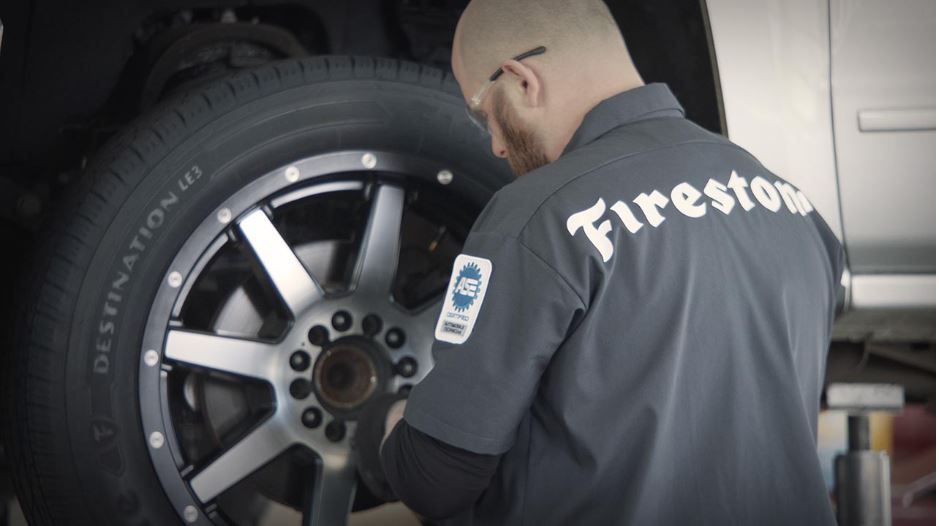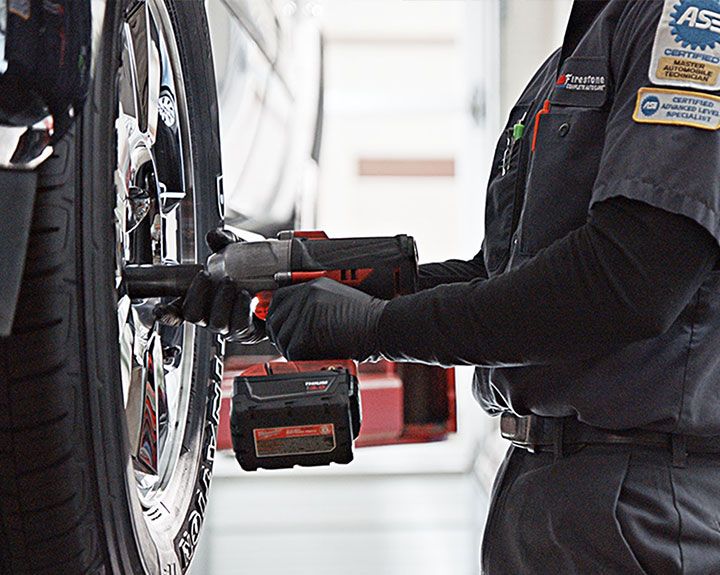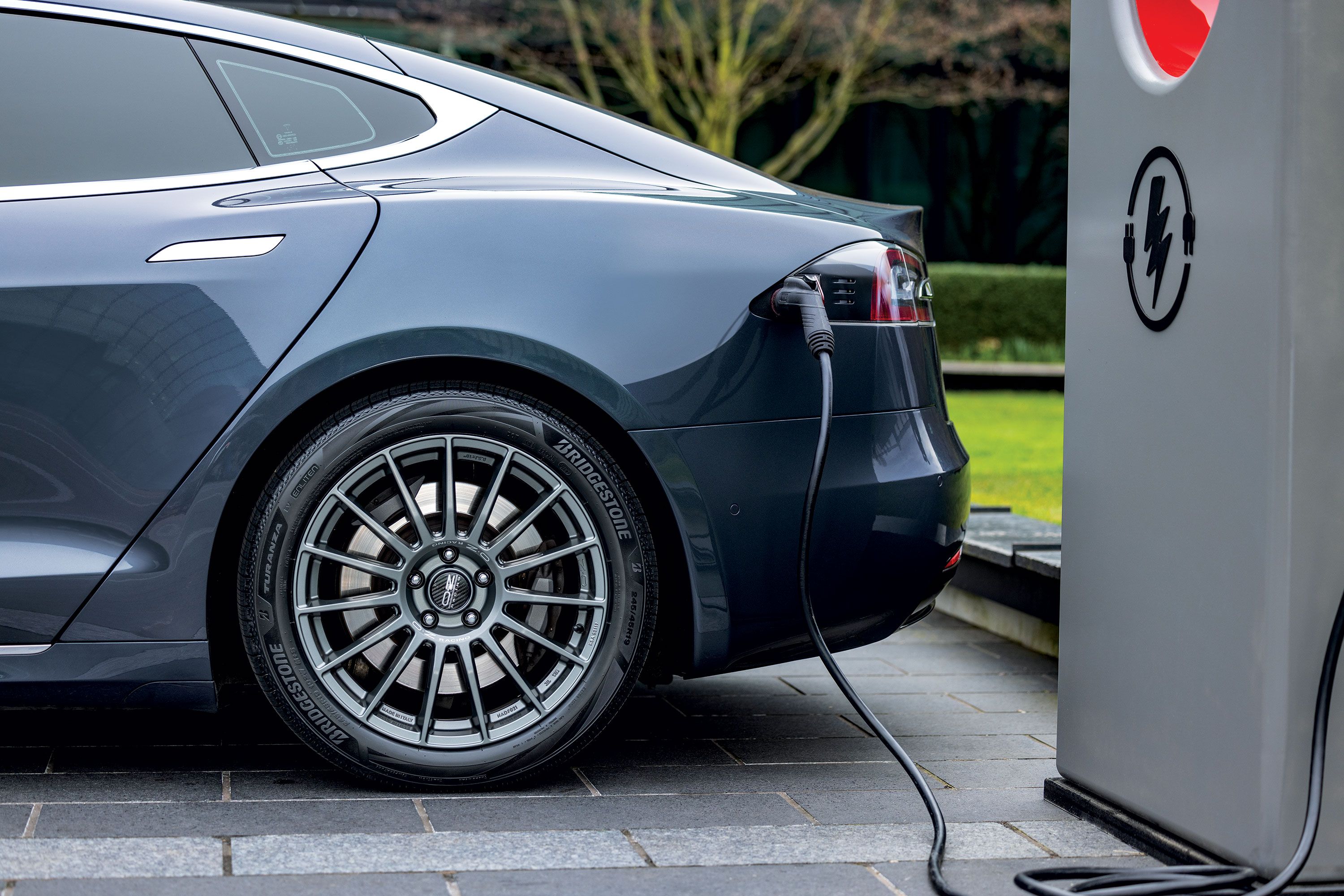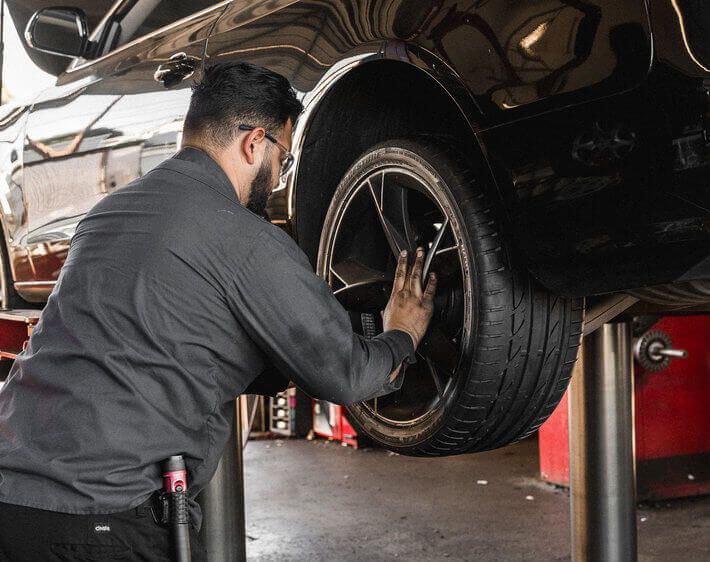
How Do You Know If You Need New Tires?
On the track or street, tires are one of your vehicle’s most critical components for performance and safety. Here are 5 ways to know if you need new tires.
Read More

A tire rotation involves moving your tires from one position on your vehicle to another to help evenly distribute tire wear. Most tire rotation services will move the two front tires to the back and the two back tires to the front. Occasionally, depending on the type of vehicle or tires you have, they will also switch sides. For example, the front right tire could become the back left tire.
During a tire rotation service, technicians will lift your car off the ground, remove each wheeland re-install them in their new positions. We will also have the ability to relearn the new tire locations into your vehicle’s onboard computer if so equipped.
It’s important to rotate tires at regular intervals, as routine tire rotation helps prevent uneven tire wear. A tire’s tread is where the rubber meets the road—literally. When driving, the tire tread provides traction and grip. Over time, tire tread gradually begins to wear.
If you never rotate the tires on your car, they will develop uneven tread wear. When you drive, your front tires experience more stress, as they are primarily responsible for steering and turning the car. By regularly rotating the tires, the wear is spread out evenly and extends the life of all four tires. In addition to increasing the longevity of your tires, regular tire rotations will offer better overall driving performance.
The general rule of thumb is that tires should be rotated around every 5,000 miles, but no more than 7,500 miles. This could vary slightly based on your driving habits and your typical road conditions. Some owner’s manuals will also recommend tire rotation intervals. Paying attention to how your tire tread looks and how your tires handle turns and wet conditions can help you recognize when a tire rotation may be needed.
Adequate tread is also part of what prevents a vehicle from hydroplaning (aquaplaning), or losing traction when water is present on the road surface. Help ensure the safety of your vehicle and the safety of your passengers with regular tire rotations, tire tread depth checks and complimentary tire inspections.
A typical tire rotation will take no longer than an hour (oftentimes, less!) to complete. For tracking purposes, many people opt to schedule tire rotations during the same appointment as regular oil changes. Firestone Complete Auto Care offers a complimentary Courtesy Check which includes a tire inspection.
At Firestone Complete Auto Care, we're here to help with expert advice on tire rotations, tire tread wear, tire replacements, and more. If your vehicle is due for a tire rotation service, trust the pros at your nearest Firestone Complete Auto Care location. Set up your appointment in seconds with our online service scheduler, then leave the rest to our friendly, experienced tire technicians. We know tires, and we’ll treat your vehicle with the utmost care it deserves to help keep you safe on the road and help keep your vehicle in its best condition.

On the track or street, tires are one of your vehicle’s most critical components for performance and safety. Here are 5 ways to know if you need new tires.

Are electric vehicles tougher on tires? Learn if EVs go through tires quicker than gas vehicles and what you can do to help prolong the life of your EV tires.

Wondering when to rotate tires? Read this for everything you need to know about tire rotation and rotation patterns, from Firestone Complete Auto Care.